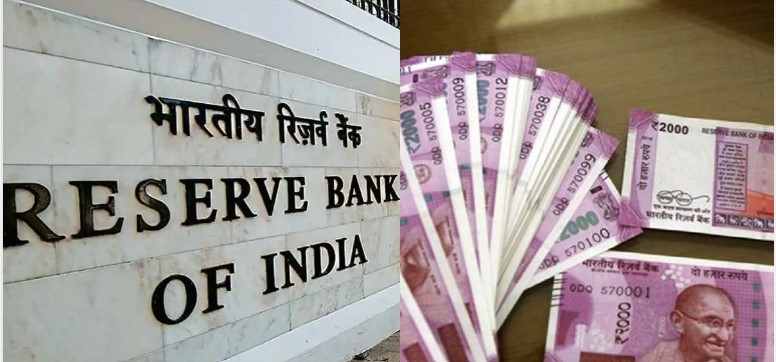Virendra Pandit
New Delhi: The Reserve Bank of India (RBI) on Monday said that 76 percent of the Rs.2,000 banknotes, the highest denomination notes withdrawn from circulation, returned to banks since May 19, including 87 percent as deposits.
As on May 19, the total value of Rs 2,000 notes in circulation was Rs 3.56 trillion (Rs. 3,56,000 crore). Of this, notes worth Rs 2.72 trillion were returned, the central bank said in a statement.
After the Centre announced the demonetization on November 8, 2016, the RBI introduced the Rs 2,000 currency notes, primarily with the objective of meeting the currency requirement of the economy expeditiously after the legal tender status of the existing Rs 500 and Rs 1,000 notes was withdrawn.
On May 23, 2023, when the central bank announced the withdrawal of the Rs.2,000 currency notes as well from circulation, the RBI gave the customers time until September 30 to exchange or deposit these notes at their nearest bank branch. A customer was allowed to exchange Rs 2,000 worth Rs 20,000 at a time per branch. After September 30, however, these notes will continue to remain legal tenders.
The central bank said the data collected from major banks shows that out of the total banknotes in Rs 2,000 denomination returned from circulation, about 87 percent is in the form of deposits and the remaining around 13 percent has been exchanged into other denomination banknotes.
“Members of the public are requested to utilize the next three months to deposit and/or exchange the Rs 2,000 banknotes held with them to avoid any rush in the last few days before September 30, 2023,” the RBI said.
On May 19, the RBI said that in pursuance of the “Clean Note Policy,” it had decided to withdraw the Rs 2,000 denomination banknotes from circulation.
About 89 percent of these banknotes were issued prior to March 2017 and are at the end of their estimated life span of 4 to 5 years.
“The total value of these banknotes in circulation has declined from Rs 6.73 trillion at its peak as on March 31, 2018, to Rs 3.62 trillion constituting only 10.8 percent of notes in circulation on March 31, 2023,” the RBI said.
This denomination is not “commonly used for transactions.”
“Further, the stock of banknotes in other denominations continues to be adequate to meet the currency requirement of the public,” it added.
“Accordingly, members of the public may deposit Rs 2,000 banknotes into their bank accounts and/or exchange them into banknotes of other denominations at any bank branch. Deposit into bank accounts can be made in the usual manner, that is, without restrictions and subject to extant instructions and other applicable statutory provisions.”

